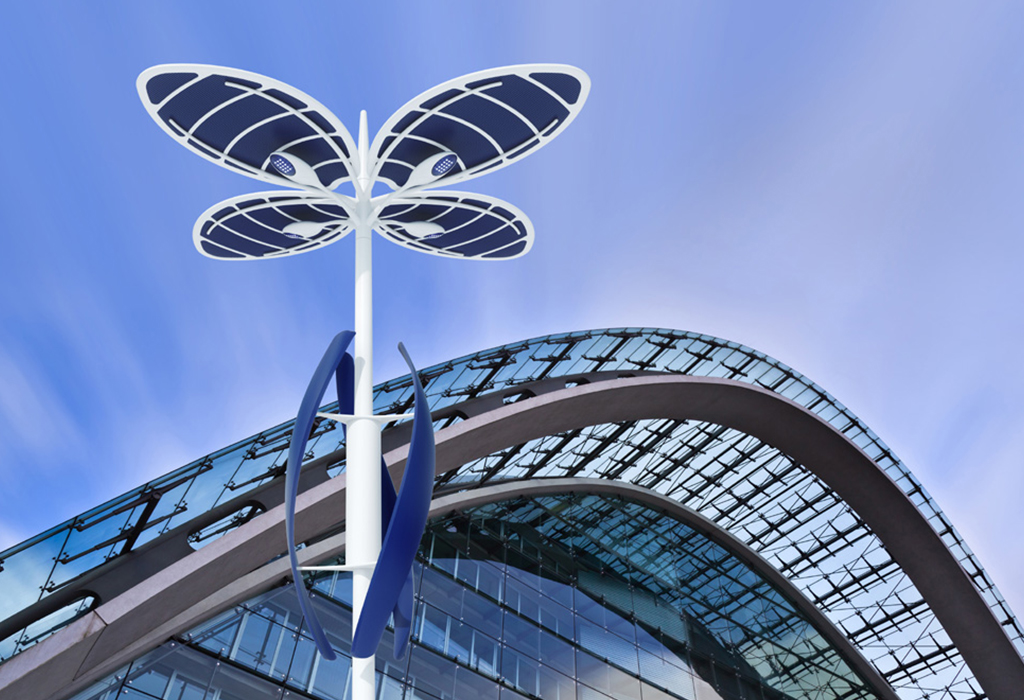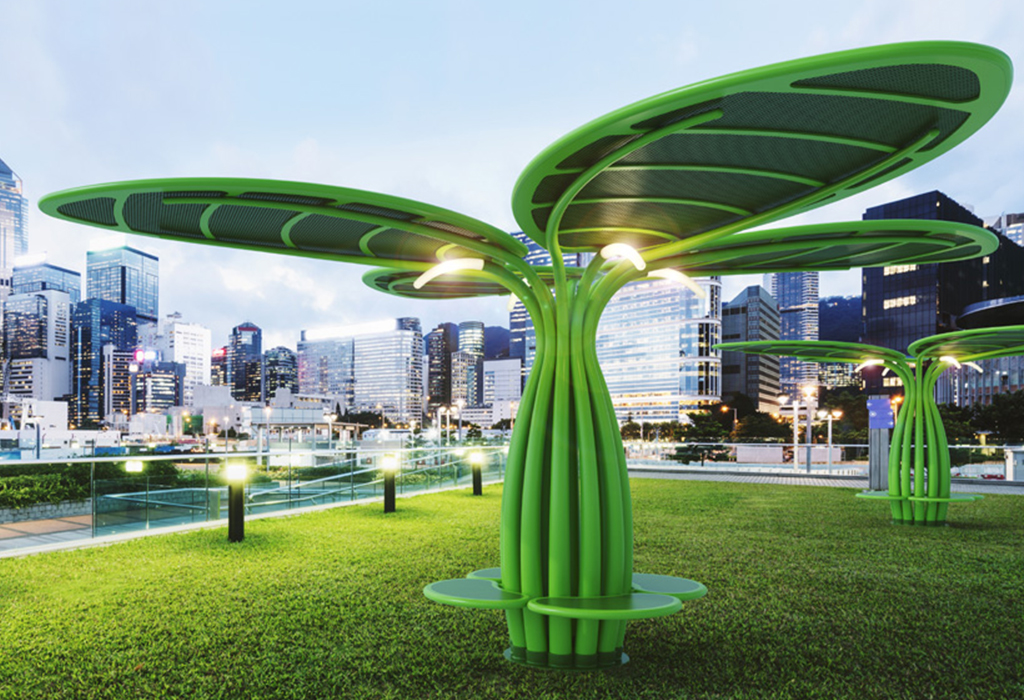
According to the US energy secretary Switch to wind and solar “might be the best peace strategy ever”
" AltTech Industry and Our Partners get Behind the US Energy Secretary"
A global transition to cleaner energy sources could be the world’s best opportunity to minimise the chance of global conflicts, the US energy secretary has told a major energy forum in Sydney.
On Tuesday, US Energy Secretary Jennifer Granholm told the Sydney Energy Forum that the transition to greener energy sources meant that no nation should be “kept hostage” over access to solar and wind resources.
“No country has ever been held hostage to access to the sun. No country has ever been held hostage to access to the wind. They have not ever been weaponised, nor will they be,” Granholm told the forum.
“As a result, our worldwide shift to clean energy might be the greatest peace strategy of all.”
“We want and need to move to clean energy, and we share this with Australia. We have ample sunshine and lots of land for solar and wind farms. Coasts with an opportunity for offshore wind skilled workforce.
“However, we see our chance as clean energy exporters to play a part in delivering that peace plan to the globe,” Granholm continued.
Granholm was speaking in the backdrop of a significant crisis affecting global energy markets, which was triggered principally by Russia’s invasion of Ukraine.
SMART CITY DESIGN SOLUTIONS



Russia is a major fossil fuel exporter, particularly to Europe, and has dramatically cut supplies of fuels to European countries opposed to Russia’s invasion.
Granholm told the forum that like-minded countries like Australia and the United States needed to work to establish their own supply chains for clean energy technologies, to avoid a repeat of conflict-driven pressures on access to energy technologies.
“China has a huge foot in a lot of the technologies and supply networks that might make us susceptible if we don’t establish our own supply chains,” Granholm said.
“And so therefore, from an energy security point of view, it is imperative that nations that share the same values to develop our own supply chains, not just for the climate, which of course is very important, but for our own energy security.”
“We’ve seen what happens when we rely too much on one entity for a source of fuel.
In his presentation to the event, Fatih Birol, executive director of the International Energy Agency, said that the world is in the middle of the “first global energy crisis,” which has been exacerbated by Russia’s role as both the originator of the current war and a major fossil fuel exporter.
“Oil, natural gas, coal and electricity prices are going up, through the roof. Why? it is very simple: Russia, the country that invaded Ukraine in February, was the number one oil exporter of the world, the number one natural gas exporter of the world, and a major player in the coal markets,” Birol said.
“And as a result, we are seeing that the entire energy system is going through a crisis.”
Both Granholm and Birol spoke at the Sydney Energy Forum, which was organised by the Australian government, the International Energy Agency, and the Business Council of Australia.
It is part of the new Albanese government’s attempts to rebuild Australia’s image as a climate change player and supporter of green energy technology.
Granholm has been similarly tasked with restoring international confidence in the United State’s commitment to climate action, after the destructive period under the Trump Administration that included a withdrawal from the Paris Agreement.
The Biden administration has set a goal of transforming the United States’ power grid to 100% ‘clean’ electricity by 2035. Granholm said that the timescale demanded a “aggressive” and “orderly” change of the energy sector.
“As we are aggressively building out this clean energy future, we have to make sure that it is done in a managed way, we have to make sure that it is an aggressive, orderly transition, and not a disorderly one, because that could set us back,” Granholm said.
“The President of the United States is really enthusiastic about expanding the clean energy pie via clean construction.”
“This transition, in the United States – we have 13 years until we get to 100% clean power – it is a length of time that enables us to accomplish this in a manner that generates buy-in, and that is still quite aggressive.”
